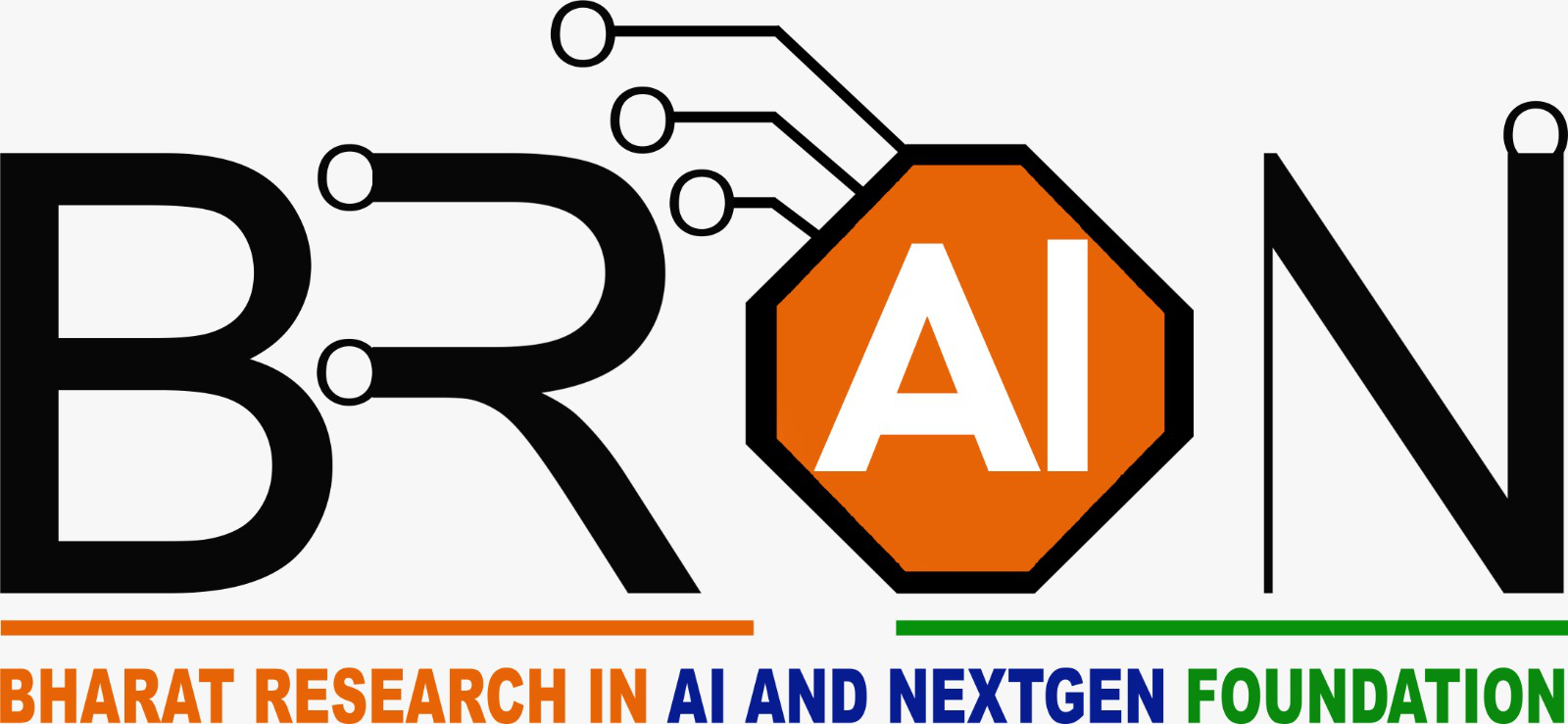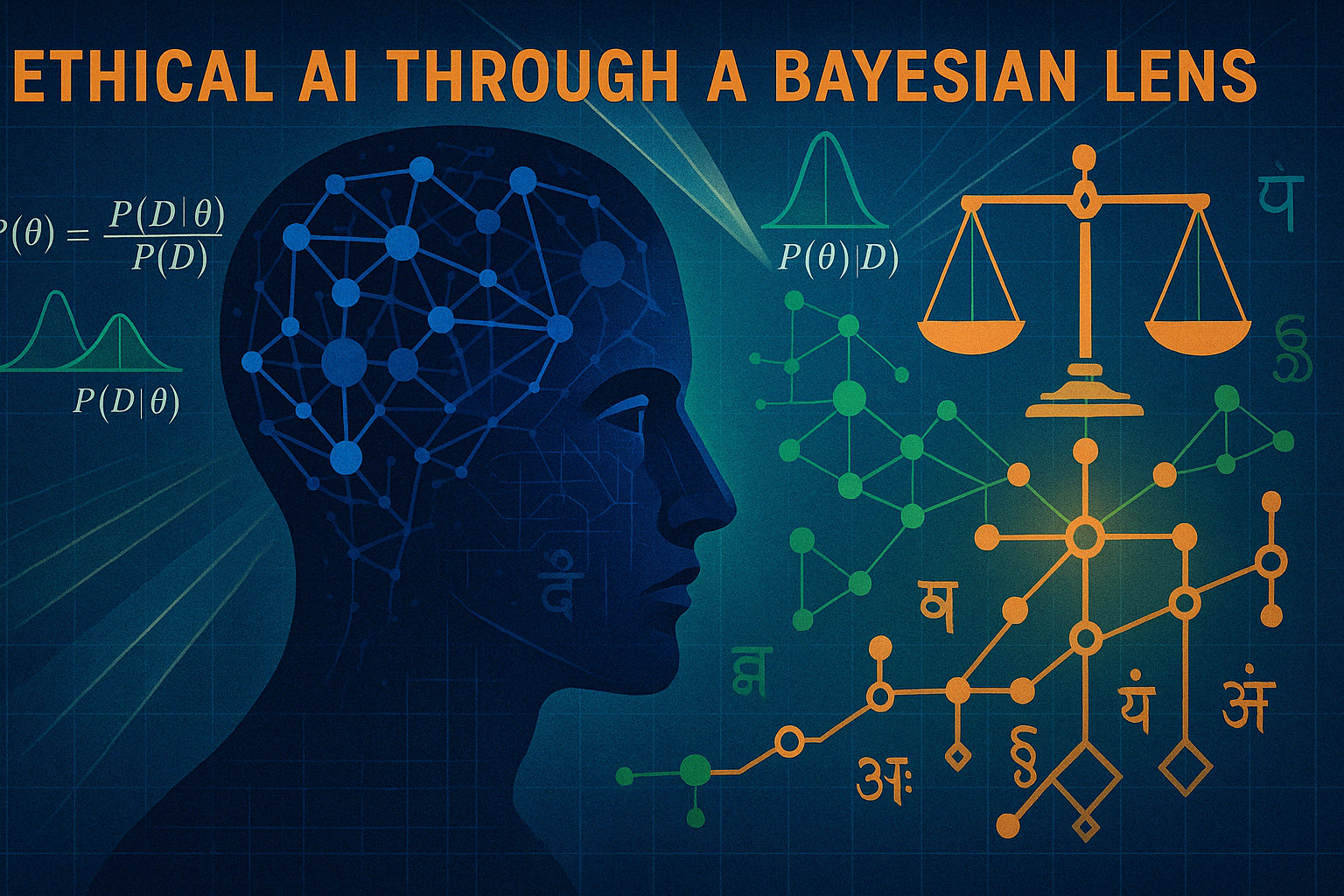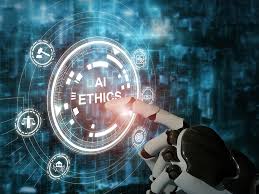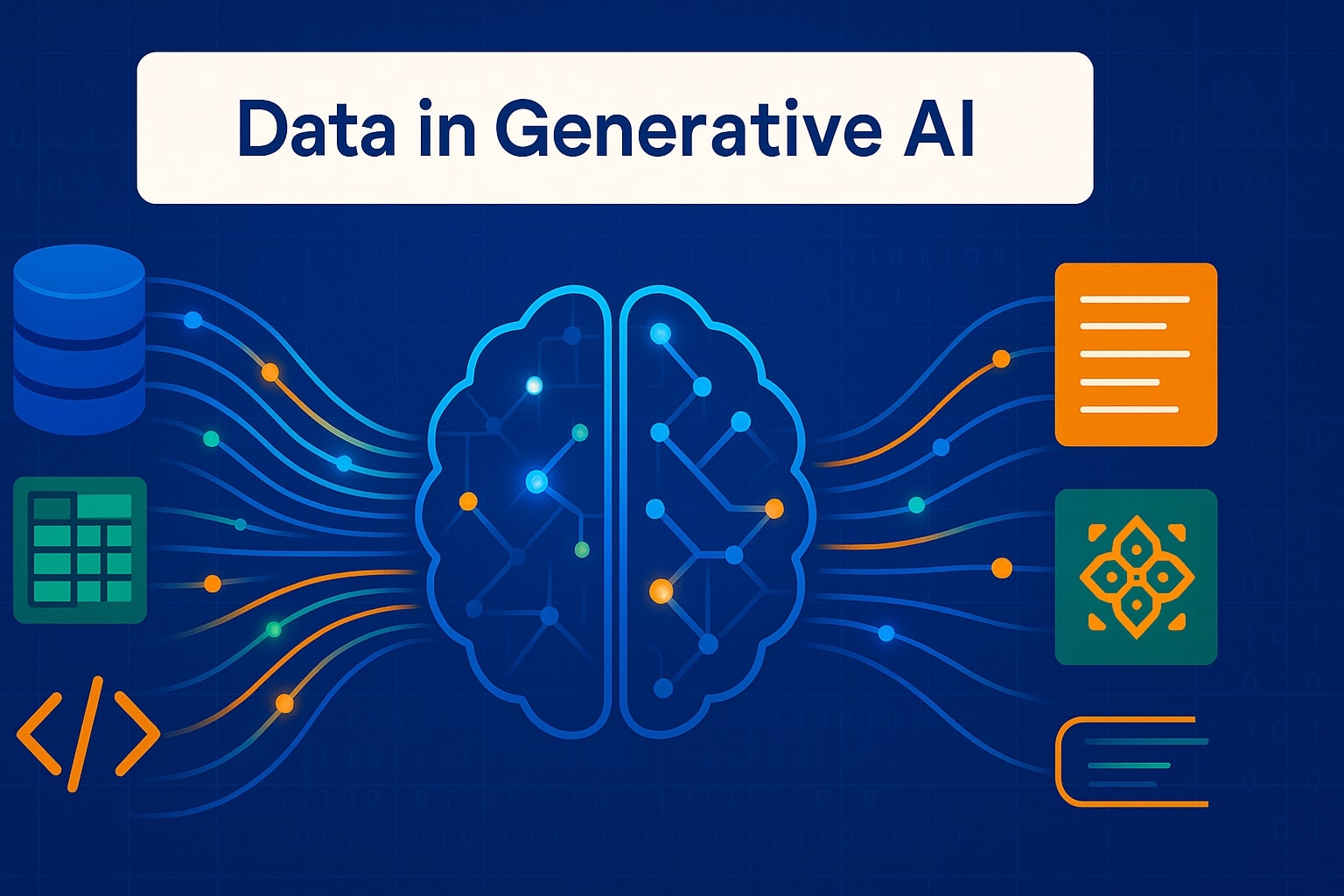Introduction: Reframing Ethical AI
What does it mean for artificial intelligence to be ethical? As AI systems become increasingly sophisticated and pervasive, the quest to ensure they operate ethically has emerged as a central challenge. But beneath the apparent agreement that AI should be "ethical" lies profound diversity in how this concept is understood. What if we could formalize these different understandings using computational models?
In this analysis, I'll explore how Hierarchical Bayesian Program Learning (HBPL) offers a framework for understanding what "Ethical AI" means and how different conceptions of AI ethics can be understood as variations within a unified computational architecture.
Beyond Simple Definitions: Ethical AI as a Computational Structure
Traditional approaches to Ethical AI typically focus on specific definitions: "AI that follows moral principles," "AI that avoids harm," or "AI that promotes human flourishing." But these represent outcomes of different underlying conceptual structures rather than competing definitions of a single well-defined concept.
By modeling the concept of "Ethical AI" as a hierarchical Bayesian program, we can move beyond the search for a single correct definition and instead understand the cognitive architecture that generates different conceptions of AI ethics across various stakeholders, disciplines, and cultural contexts.
"The quest for 'Ethical AI' is neither hopeless relativism nor a matter of finding the one correct definition. Rather, it's a process of continuous Bayesian updating—refining our understanding of ethics through ongoing engagement with AI's evolving capabilities and impacts."
The Architecture of Ethical AI Understanding
In the HBPL framework, the concept of Ethical AI emerges from several interacting components. At the foundation lie fundamental conceptual elements—semantic primitives—that combine to form our understanding of what constitutes ethical artificial intelligence:
- HARM: Negative impacts or damages that should be prevented or minimized
- FAIRNESS: Impartial treatment and absence of unjustified discrimination
- AUTONOMY: Respect for human agency and decision-making capacity
- TRANSPARENCY: Explainability and openness of AI processes and decisions
- ACCOUNTABILITY: Responsibility for AI outcomes and remediation of problems
- BENEFICENCE: Positive outcomes and benefits that should be promoted
- ALIGNMENT: Correspondence between AI behavior and human values/intentions
- RIGHTS: Entitlements of individuals that should not be violated
- JUSTICE: Fair distribution of benefits and burdens
- RESPONSIBILITY: Proper attribution of causal and moral responsibility
- CONTROL: Human oversight and ultimate authority over AI systems
- SUSTAINABILITY: Long-term viability and ecological/social impacts
These primitives are weighted differently across various conceptions of Ethical AI. A safety-focused approach might heavily weight HARM and CONTROL, while a justice-oriented approach might emphasize FAIRNESS and JUSTICE, and a human-centered approach might prioritize AUTONOMY and BENEFICENCE.
Interpretive Frameworks: Different Programs for Ethical AI
Major approaches to AI ethics can be understood as different "programs" for conceptualizing Ethical AI, each with their own core premises, key primitives, and central concepts:
Consequentialist Framework
Based on the premise that AI ethics is about maximizing positive outcomes and minimizing harms, this framework heavily weights primitives like HARM (0.95), BENEFICENCE (0.9), and SUSTAINABILITY (0.8). Its central concepts include risk assessment, impact prediction, and aggregate welfare.
Example: "Ethical AI maximizes human welfare while minimizing foreseeable harms"
Deontological Framework
With a core premise that AI ethics is about respecting rights and following moral rules, this framework prioritizes RIGHTS (0.95), RESPONSIBILITY (0.9), and AUTONOMY (0.85). Its central concepts include categorical imperatives, non-instrumentalization, and dignity.
Example: "Ethical AI respects human rights and dignity regardless of consequences"
Justice Framework
Focused on ensuring fair distribution and non-discrimination, this framework emphasizes FAIRNESS (0.95), JUSTICE (0.9), and ACCOUNTABILITY (0.85). Its central concepts include distributive justice, algorithmic bias, and structural inequality.
Example: "Ethical AI ensures fair treatment and equitable distribution of benefits"
Bayesian Updating: How Conceptions of Ethical AI Change
One key insight from the HBPL approach is that concepts of Ethical AI can change over time through Bayesian updating. As individuals and communities encounter new AI capabilities, failure modes, or ethical arguments, they update their probability distributions over different ethical frameworks and priorities.
For example, a technologist might begin with a simple consequentialist conception with strong weight on BENEFICENCE ("AI that produces good outcomes"). After encountering cases of algorithmic discrimination, they might update their model to increase probability assigned to FAIRNESS and JUSTICE primitives, recognizing that benefits must be distributed equitably.
This kind of Bayesian updating explains how conceptions of AI ethics often develop over time, becoming more nuanced while maintaining coherence with earlier views.
Applications: From Theory to Practice
This computational understanding of Ethical AI has several practical implications:
- For AI developers, the model can help technologists recognize which ethical framework(s) they're implicitly using and consider how alternative frameworks might surface different concerns or solutions.
- For policymakers, understanding multiple frameworks can facilitate more comprehensive AI governance approaches that address concerns from various ethical perspectives.
- For organizations, the model helps assess AI ethics programs for framework bias or blindspots, ensuring they don't miss important ethical dimensions.
- For cross-cultural dialogue, the approach offers a way to understand how different cultural traditions might emphasize different ethical primitives while still sharing common concerns about AI impacts.
Conclusion: The Meaning of Ethical AI
The question of what makes AI "ethical" continues to evolve as AI capabilities and impacts expand. The Hierarchical Bayesian Program Learning approach doesn't give us a single definitive answer, but it does offer a deeper understanding of what we're asking when we pose the question.
By modeling Ethical AI as a complex, hierarchical program rather than a simple definition, we gain insight into how diverse conceptions of AI ethics share common structural elements, why different stakeholders prioritize different ethical concerns, how ethical understanding adapts to new AI capabilities, and why certain approaches feel inadequate as ethical frameworks.
The meaning of Ethical AI may not be found in any specific checklist of requirements but in the remarkable human capacity to navigate moral complexity adaptively, bringing our diverse ethical traditions and insights to bear on one of the most significant technological developments of our time. Through this process, we might achieve not just better AI, but a better understanding of our own ethical values.
Read the full article on LinkedIn






Join the Discussion